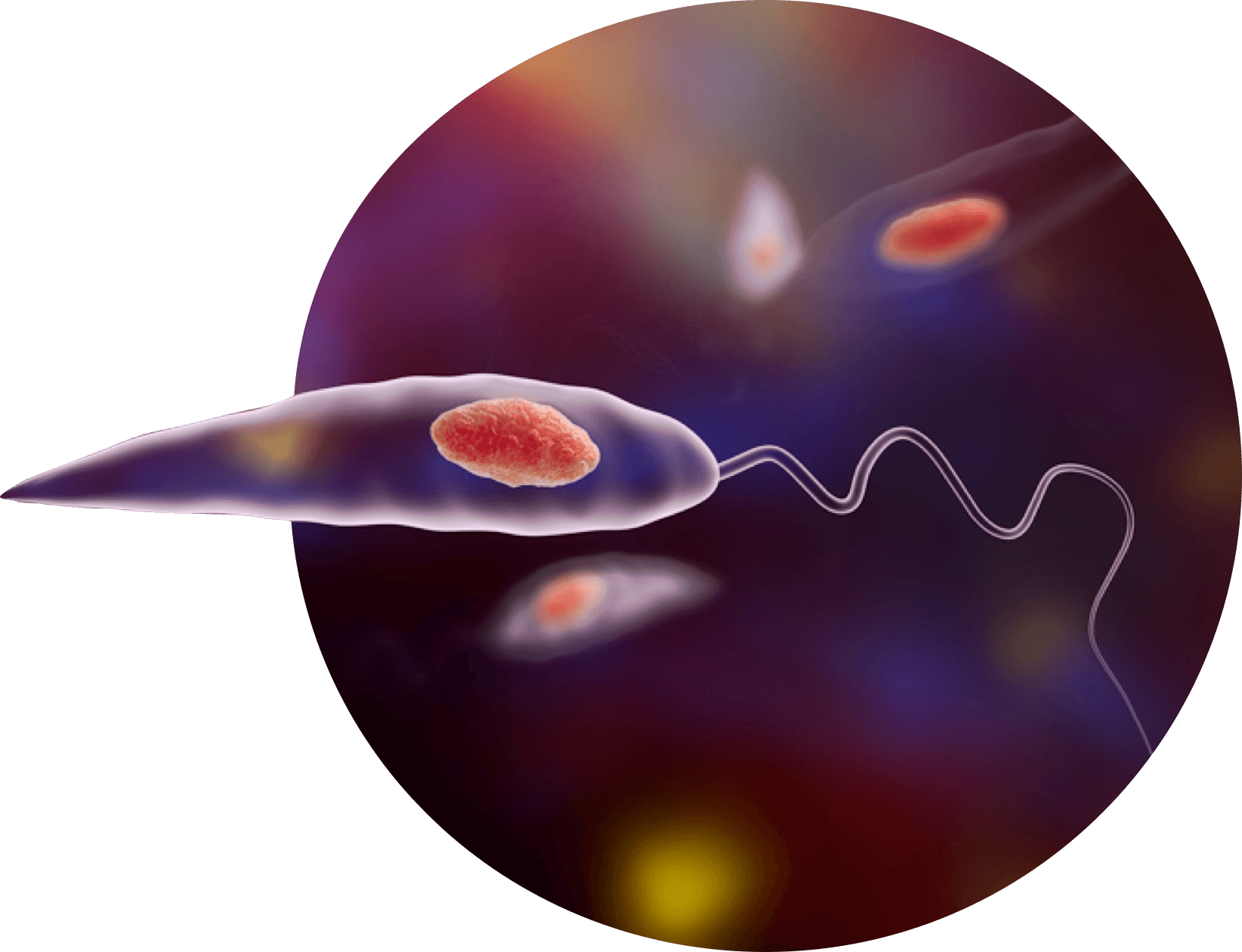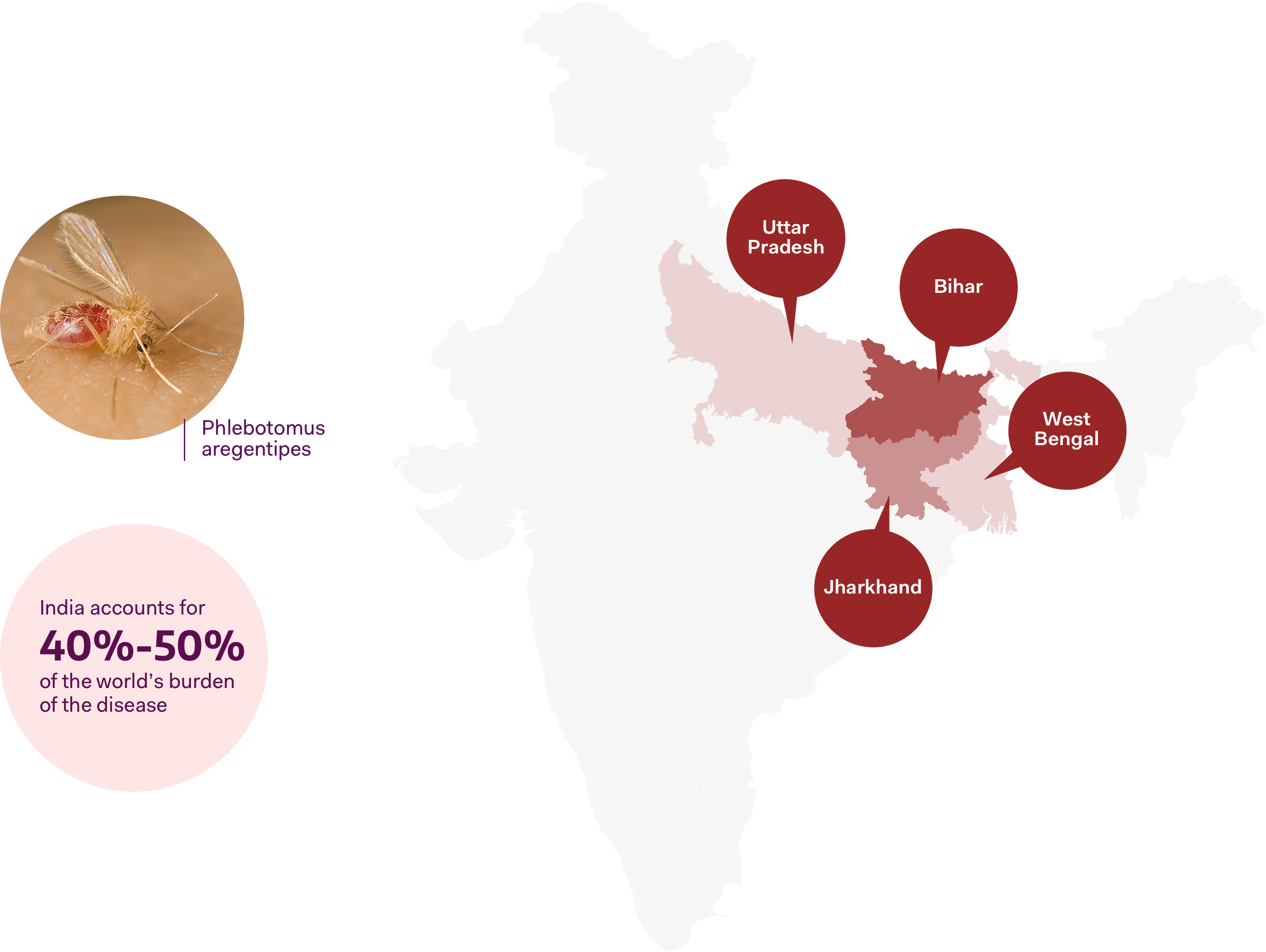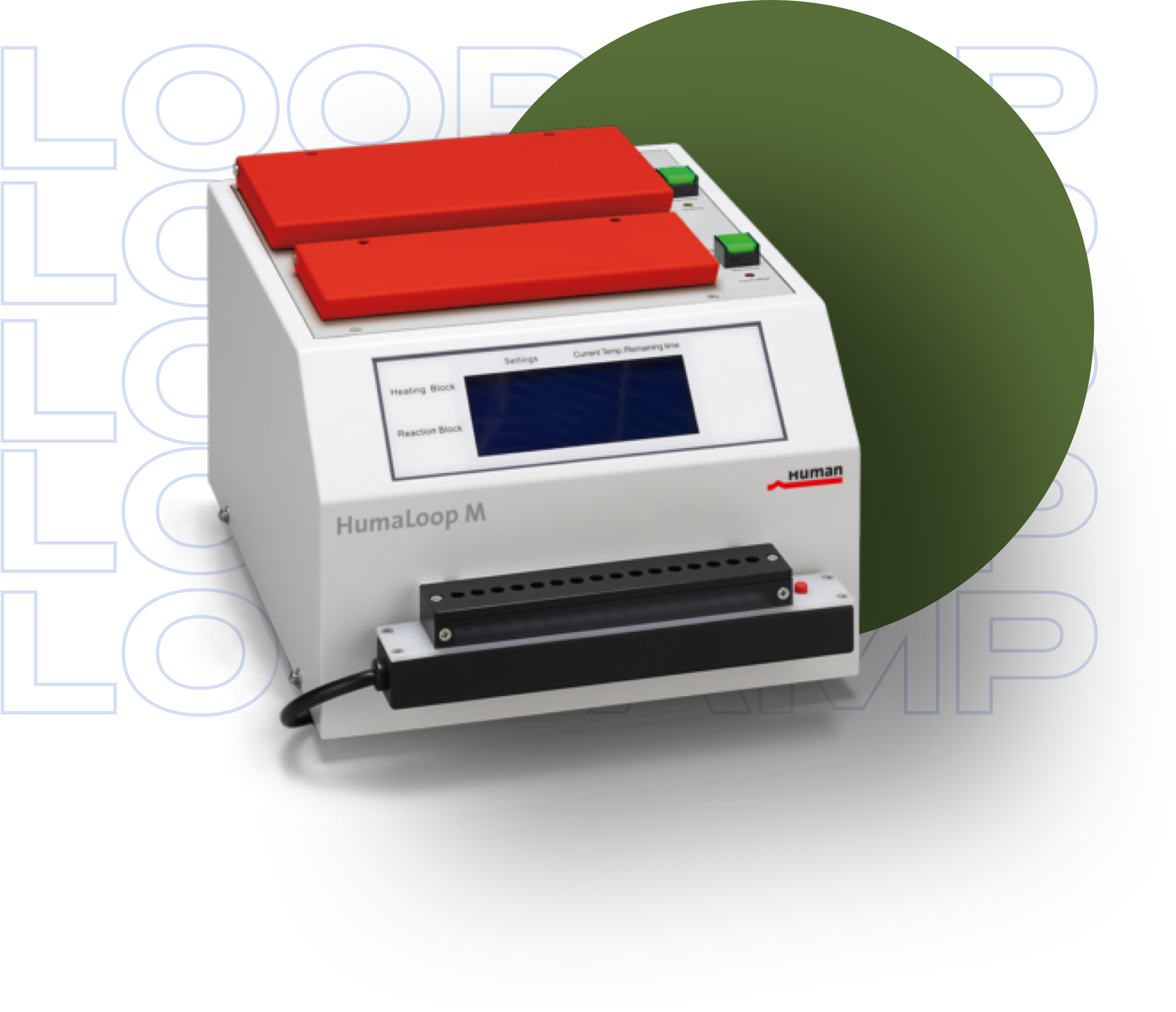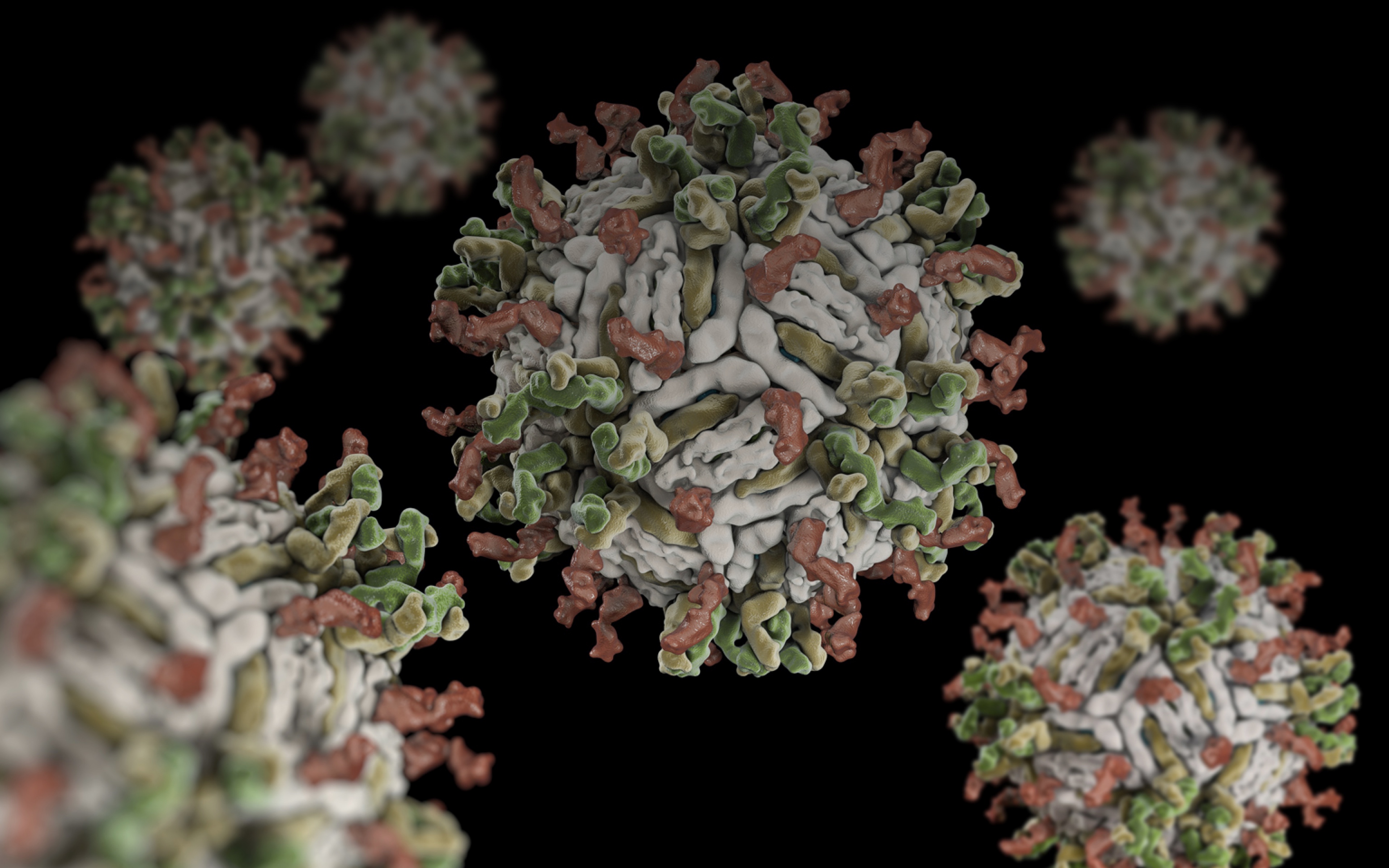Disease Areas & Products
Leishmaniasis (KALA-AZAR)
Leishmaniasis is caused by the protozoan Leishmania parasites which are transmitted by the bite of infected female Phlebotomine sandflies. The disease affects some of the poorest people on earth. As a result of this, an estimated 700,000 to 1 million new cases and some 26,000 to 65,000 deaths occur annually. There are 3 main forms of Leishmaniases – Visceral (also known as Kala-azar and the most serious form of the disease), Cutaneous (the most common), and Mucocutaneous.


Major Risk Factors
Poverty increases the risk for Leishmaniasis. Poor housing and domestic sanitary conditions (such as a lack of waste management or open sewerage) may increase sandfly breeding and resting sites, as well as their access to humans. Sandflies are attracted to crowded housing as these provide a good source of blood-meals. Human behaviour, such as sleeping outside or on the ground, may increase risk.
Social Impact of Visceral Leishmaniasis
Symptoms & Diagnosis
The most common form is Cutaneous Leishmaniasis, which causes skin sores. The other main form is Visceral Leishmaniasis, which affects several internal organs (usually spleen, liver, and bone marrow) and can be life threatening. Affected people usually have fever, weight loss, enlargement (swelling) of the spleen and liver, and low blood counts—a low red blood cell count (anaemia), a low white blood cell count (leukopenia), and a low platelet count (thrombocytopenia).
Confirmatory diagnosis of Visceral Leishmaniasis (VL), as well as diagnosis of relapses and test of cure, usually requires examination by microscopy of samples collected by invasive means, such as splenic, bone marrow or lymph node aspirates. This causes discomfort to patients, with risks of bleeding and iatrogenic infections, and requires technical expertise.
Case for India
Relevant Solutions
India accounts for 40% to 50% of the world’s burden of the disease. In India Leishmania Donovani is the only parasite causing this disease. The only sandfly vector in India is Phlebotomus Aregentipes. Kala-azar has been endemic to four states in India – Bihar, Jharkhand, West Bengal, and Uttar Pradesh. The cases of those affected by the disease has been steadily decreasing over the years. But the first line of defence against this disease has always been accurate and fast diagnosis. NGIVD employs Loop-mediated Isothermal Amplification (LAMP) Leishmania Detection Kit, which comes as dried down reagents that can be stored at room temperature, and allows simple visualization of results.



